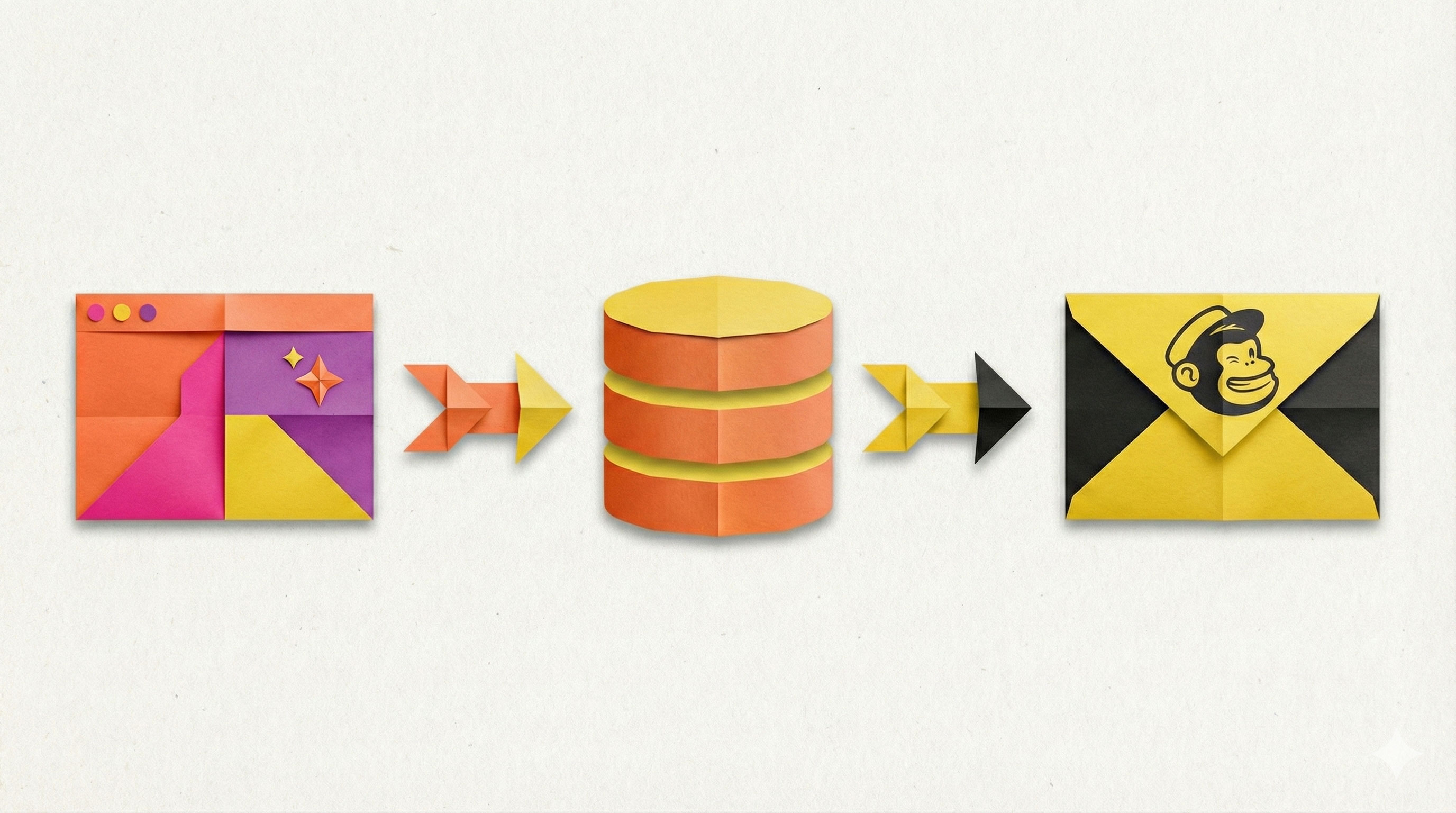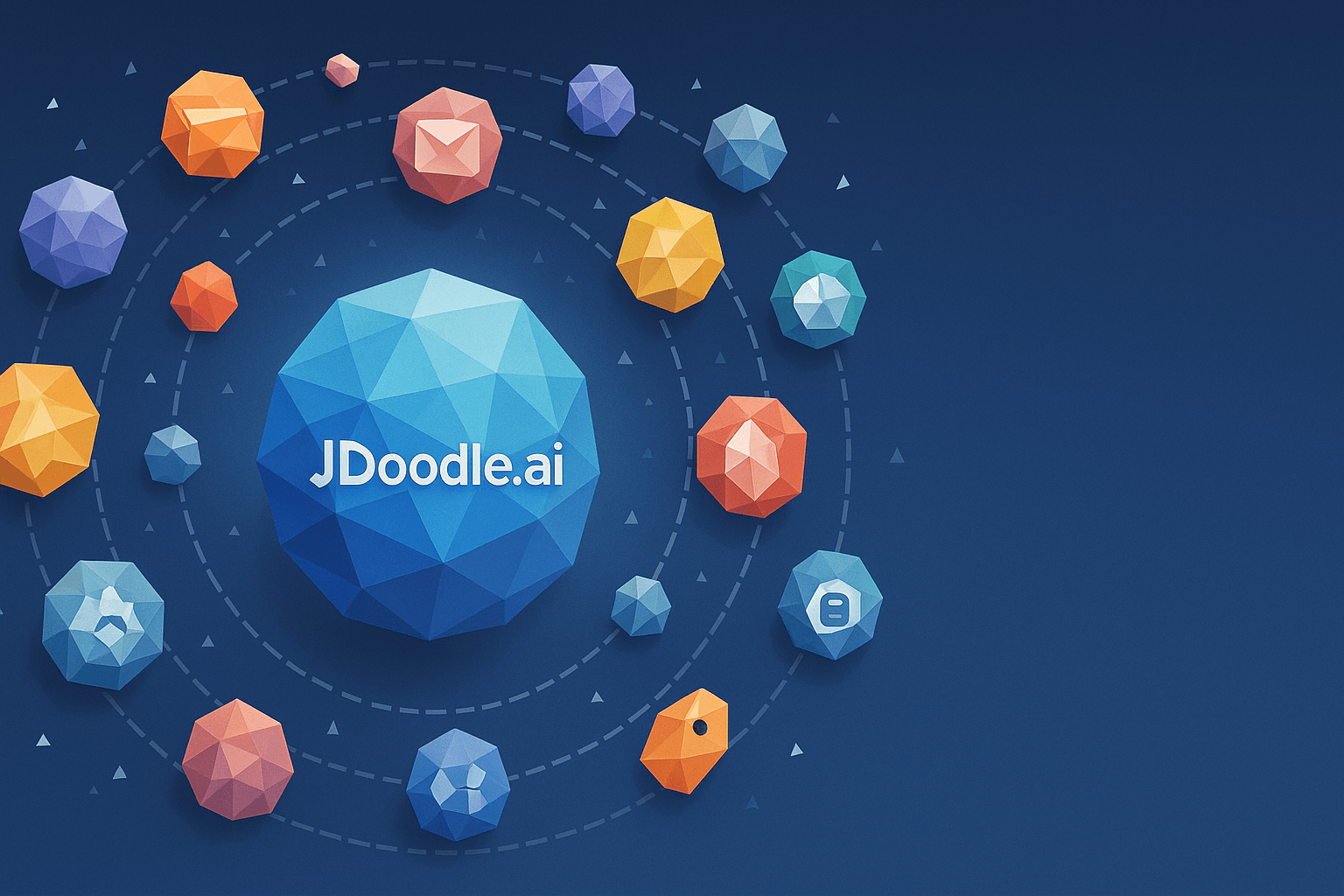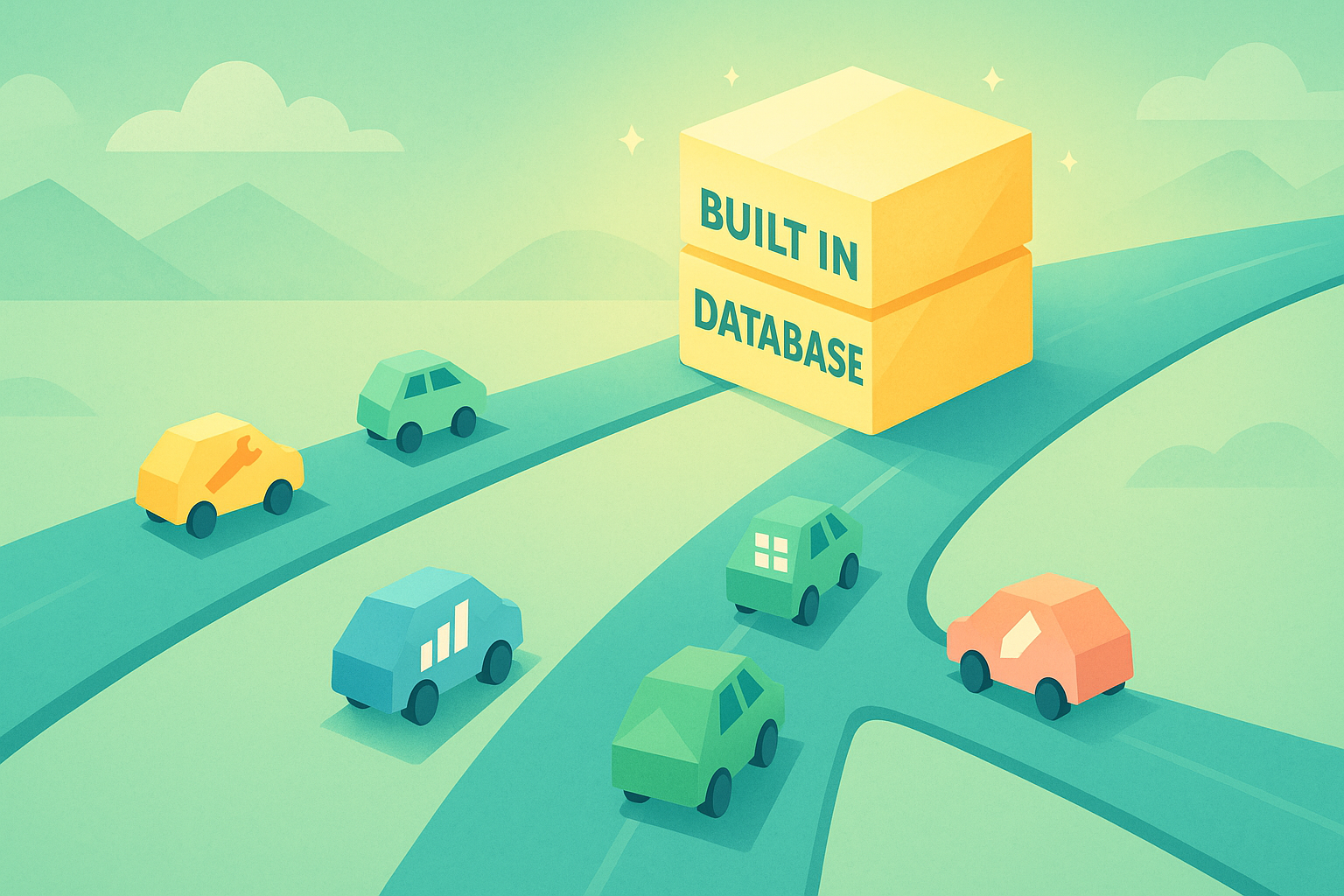Let’s say you’re strapped for time. You’ve got one idea, one week, and just enough coffee and redbull to power a small city. The goal? Launch a startup in 7 days. Not planning it! Not theorising! Full fledged launch! So… what tool should I choose?
I’d definitely be lying if I said there was a one size fits all tool. But I’ll tell you how I’d think about it, because when you’ve only got 7 days, your choice of tools isn’t just a decision. It’s the difference between shipping and slipping.
Step 1: What Exactly Am I Launching?
Before you even touch a tool, define what you’re actually trying to ship. Is it a simple service with a booking form? a community or content hub? Or something totally different ? You don’t need a 30 slide deck. Just a napkin sketch and a one-liner: “I want to build X for Y so they can do Z.” Now we know the job. Let’s find the right wrench.
Step 2: My Criteria for Picking a Tool
I’ve seen too many projects stall because someone picked a platform that was “powerful” but totally overkill. Here’s what I look for:
a. Zero to Something in Under an Hour
If I can’t see a working prototype in an hour, I’m already behind. I want fast wins. Something visual. Something I can click on by the end of Day 1. No code platforms like JDoodle.ai allow almost instant generation of pages.
b. No Dependencies
I’m solo, or maybe working with one co-founder. I can’t wait on developers, designers, or onboarding calls. If a tool requires “integration setup,” it’s not for this sprint.
c. Doesn’t Look Like It Was Built in 1990
Harsh? Maybe. But people judge fast. If the tool makes my idea look polished, I’m already halfway to credibility.
d. Affordable or Free to Start
Because if it works, I’ll upgrade. But for now, I just need to launch and learn.
Step 3: My Actual Decision-Making Process
After you’ve figured out what exactly you’re launching, and the tools that might help, here’s how I’d do it, day by day:
Day 1 – Idea lock + tool shortlist
I’d spend 2 hours on the idea, then shortlist 3 tools that fit the vibe. I’d run a quick “can I build this with X?” check for each.
Day 2 – Build version 1 with my top tool pick
This isn’t the full product. It’s the core. The minimum someone needs to understand and maybe try it.
Day 3–4 – Polish + Add Personality
Copy, visuals, micro-interactions. I’d make it feel fun, not just functional.
Day 5 – Share it in 3 places
This could be Reddit, Twitter, indie hacker forums, or a niche Discord. I’d explain what I made and why, and ask for honest feedback.
Day 6 – Fix the biggest issues
Nothing fancy. Just the top 3 bits of friction, confusion, or bugs that came in.
Day 7 – Relaunch, but louder
Maybe a small Product Hunt launch, or a “This Week I Built” X thread or even on your IinkedIn. Goal: get 100 real eyes on it.
Key Takeaways
If I had to launch a startup in 7 days, I’d care less about what’s possible and more about what’s actually shippable. Fancy tech stacks and slide decks don’t mean anything if you can’t get them out the door.
Choose a tool that: Does Not get in your way, makes you feel fast and doesn’t punish you for moving solo. Because in the end, momentum is the most underrated feature in the world.
FAQs
1. Can I actually build multiple apps in a week without coding? Yes, if you are very clear on what you want to build, keep the scope small and use fast no-code tools like JDoodle.ai, you can ship 2–3 simple apps in a week.
2. Are no-code tools just a prototyping shortcut? Mostly, yes. They’re perfect for MVPs, validation, and quick launches and often good enough to get your first users or revenue.
3. Won’t I hit scale or performance issues later? Eventually, yes but if you’re validating an idea, speed matters more than long-term scalability. Build now, scale later.
4. Should I learn coding or just stick with no-code? Stick with no-code to launch faster. Learn to code later if your product gains traction or needs custom logic.
5. What tools are best for a 7-day launch? Use tools that are fast, visual, and easy like JDoodle.ai, Softr, Glide, or Carrd. Choose one that fits your idea and doesn’t slow you down.
Related Posts
View All Posts »How to Use an AI Landing Page Builder With Mailchimp Email Marketing
Learn how to build a webinar email capture landing page with JDoodle.ai, store registrations in a built in database, and sync everything to Mailchimp for automated reminders and newsletters.
17 Powerful APIs You Can Integrate with JDoodle.ai
A curated list of 17 popular APIs you can connect to JDoodle.ai using API keys and simple prompts, plus examples of exactly what to build with each.
Top 5 No-Code App Builders with a Built-In Database (2025)
If you're building a real app not just a form you need more than a spreadsheet. Here are five no-code app builders that include built-in databases so you can launch faster.





